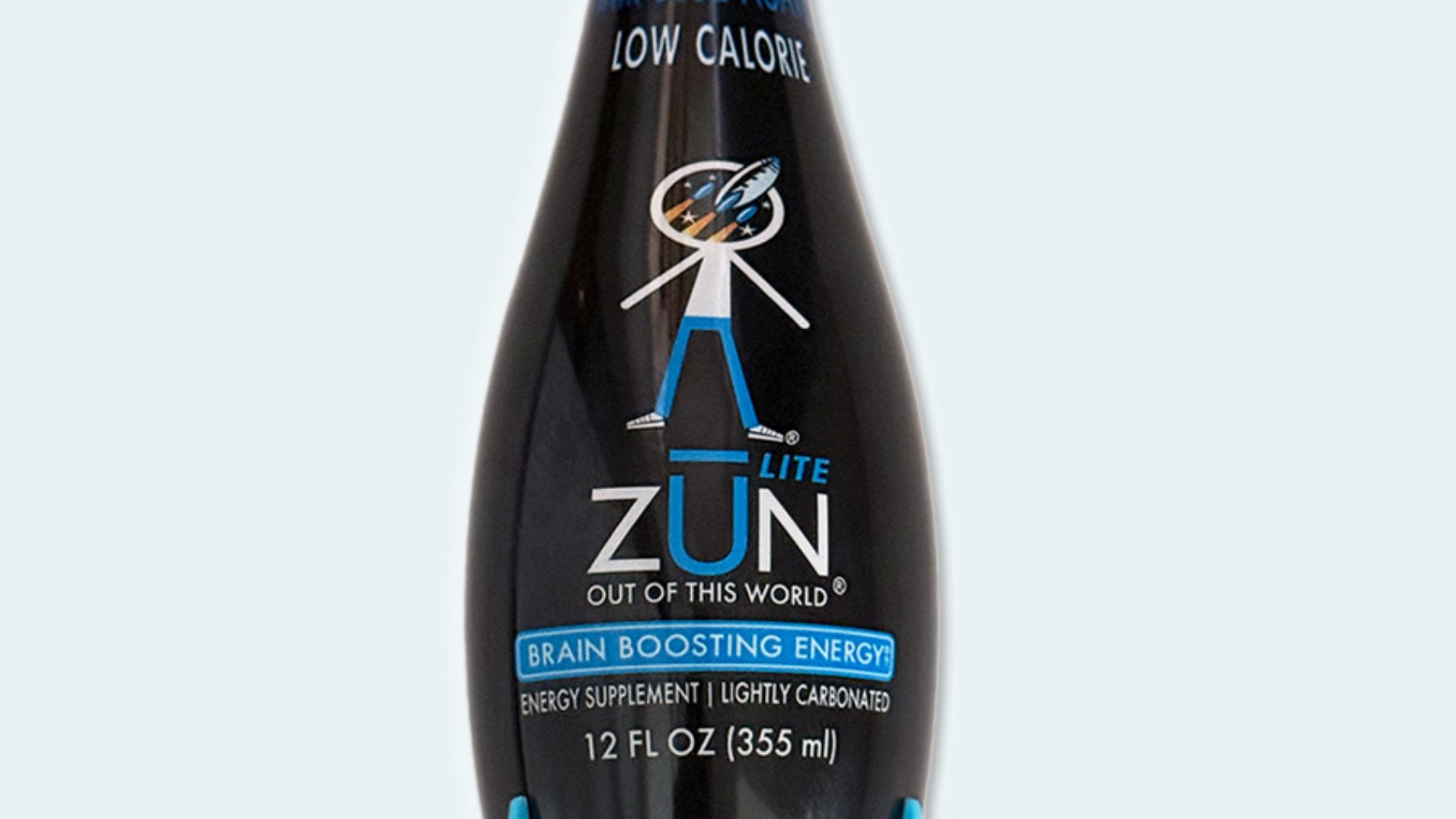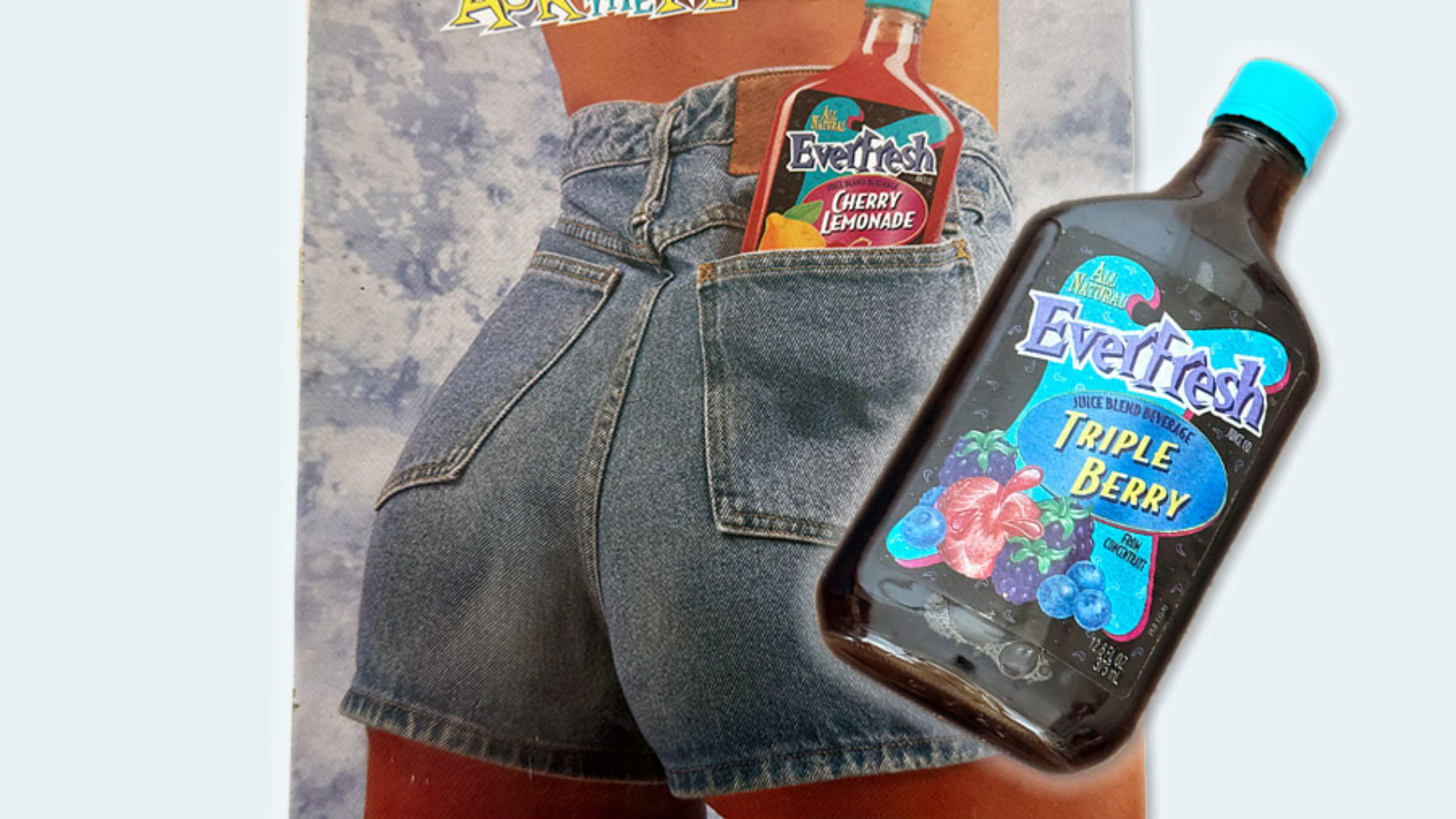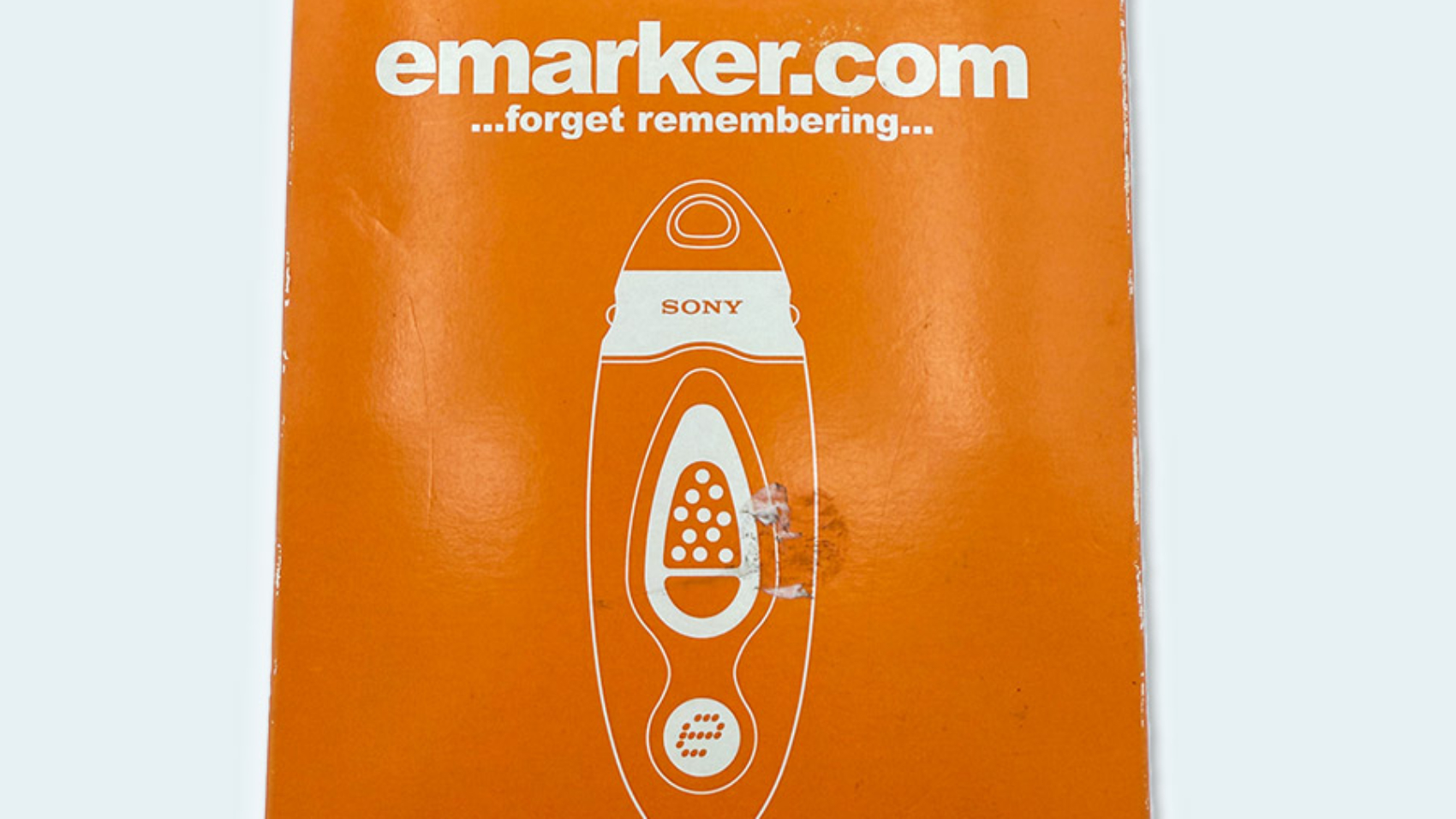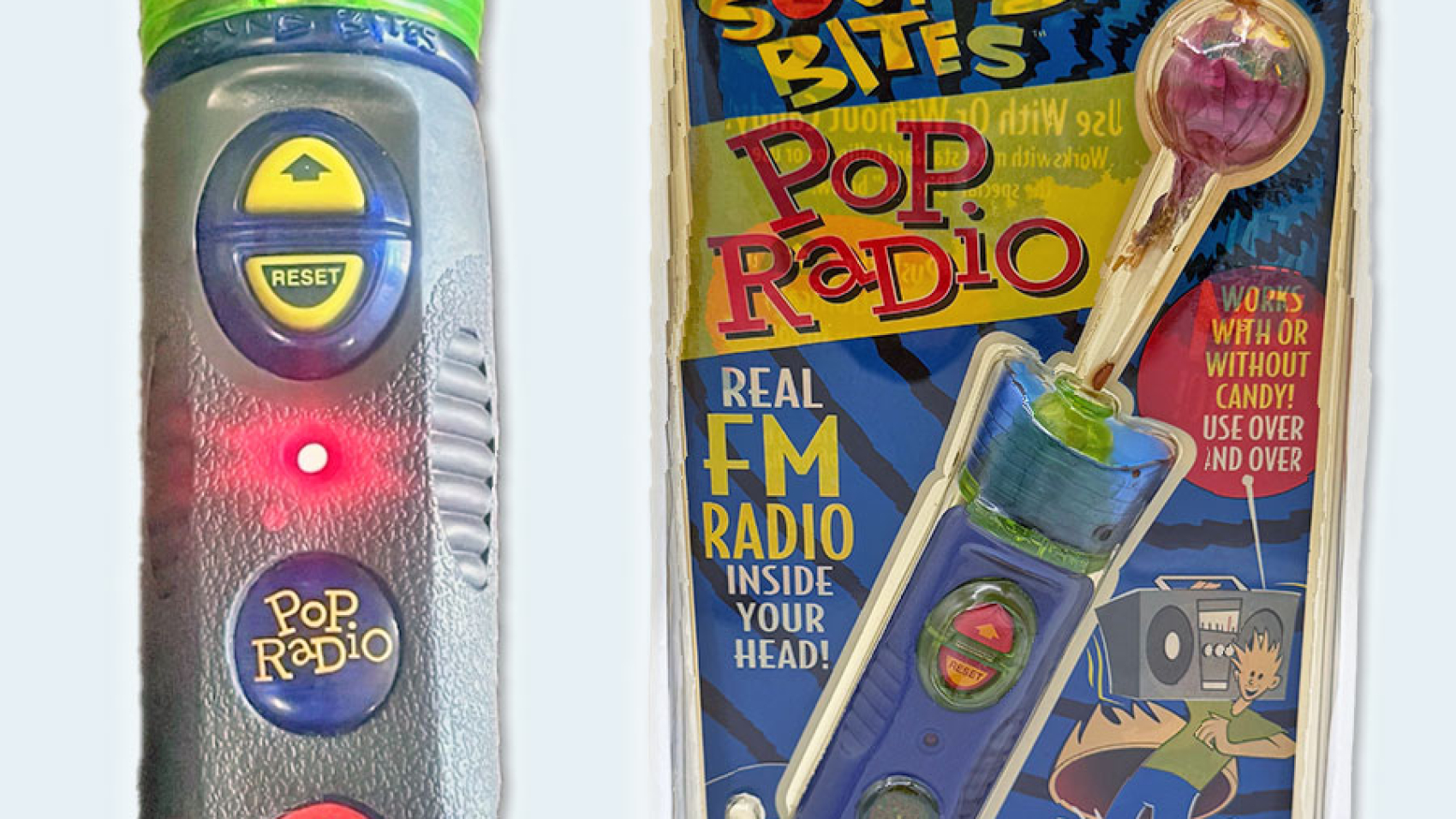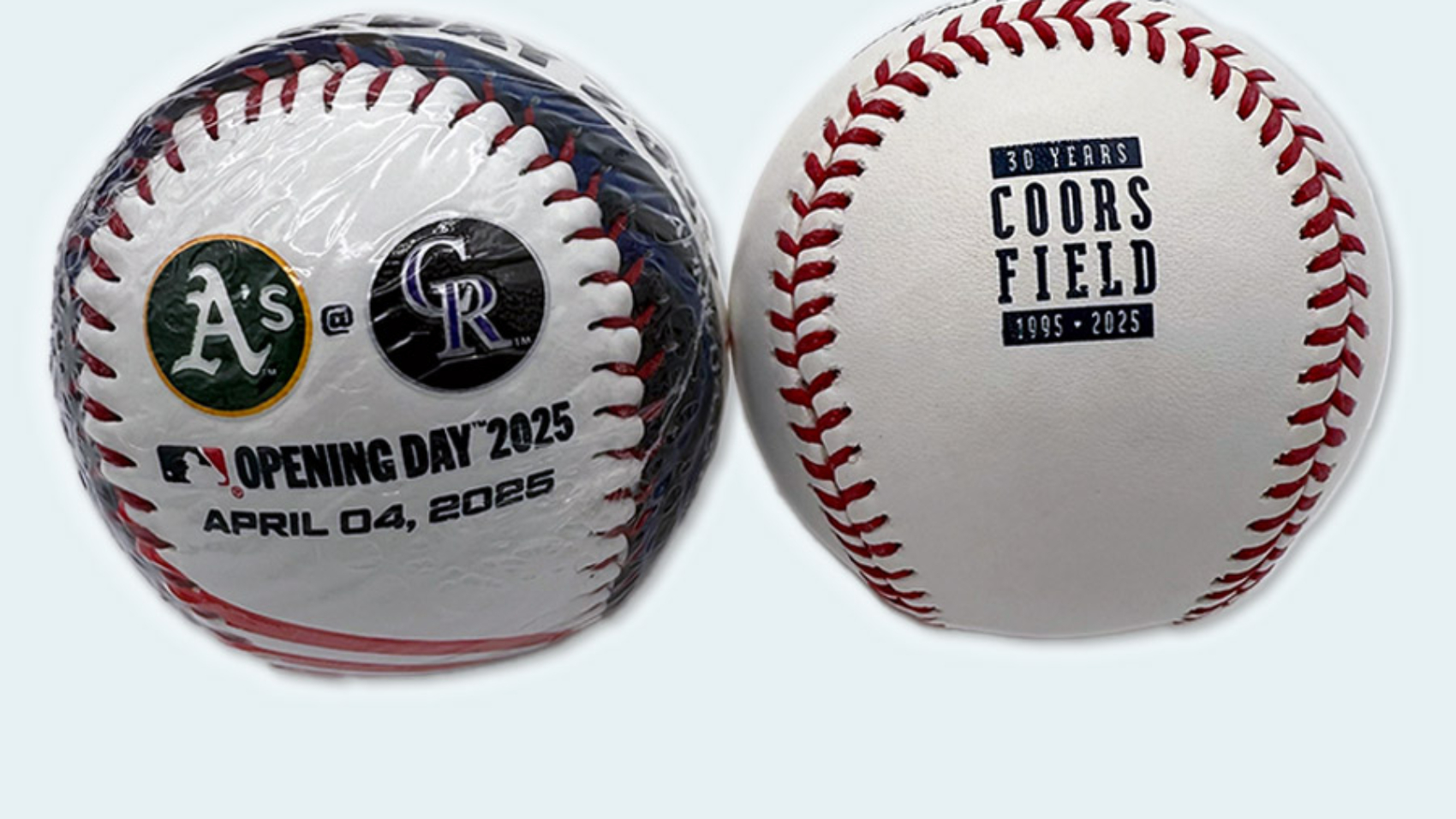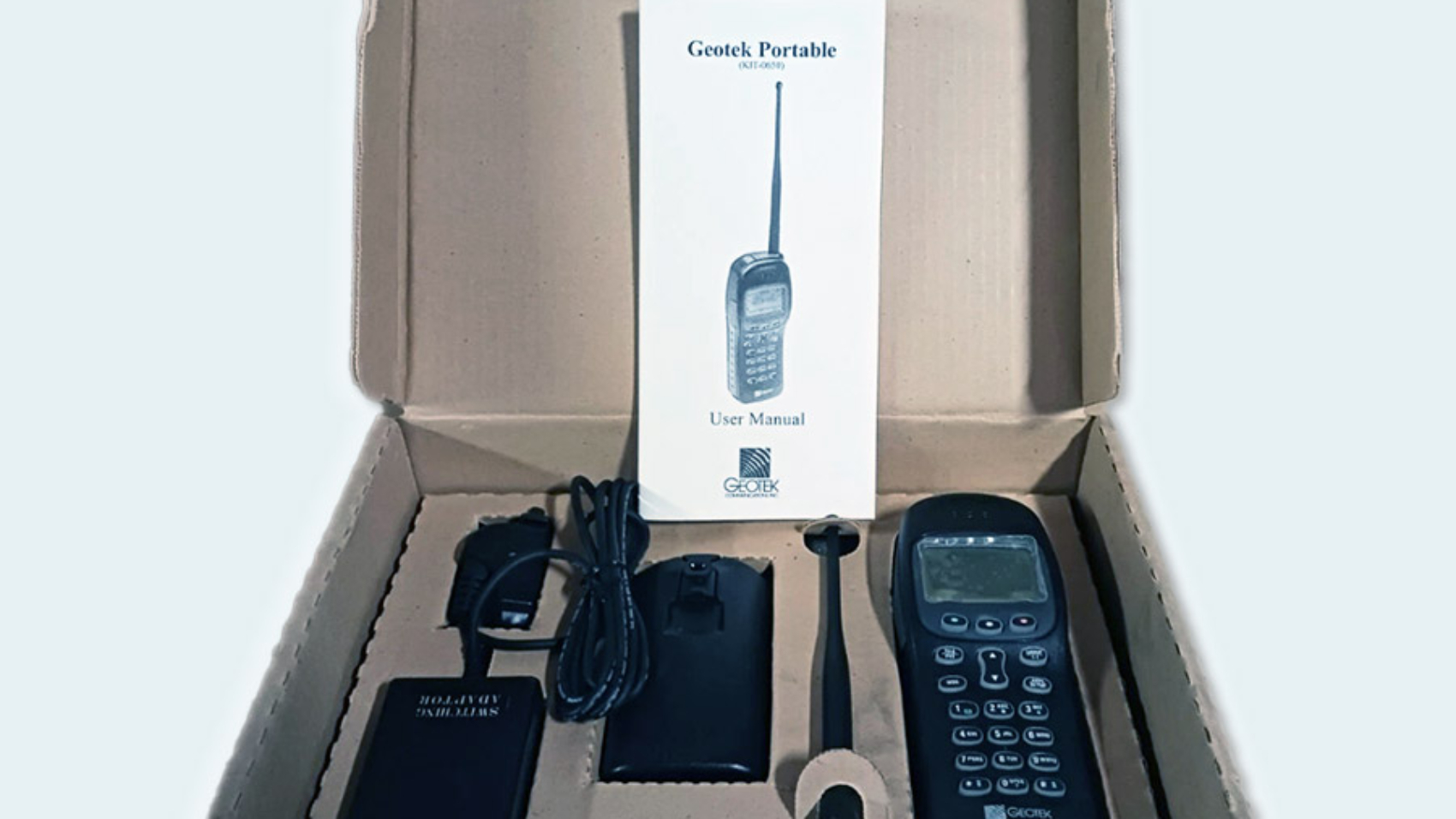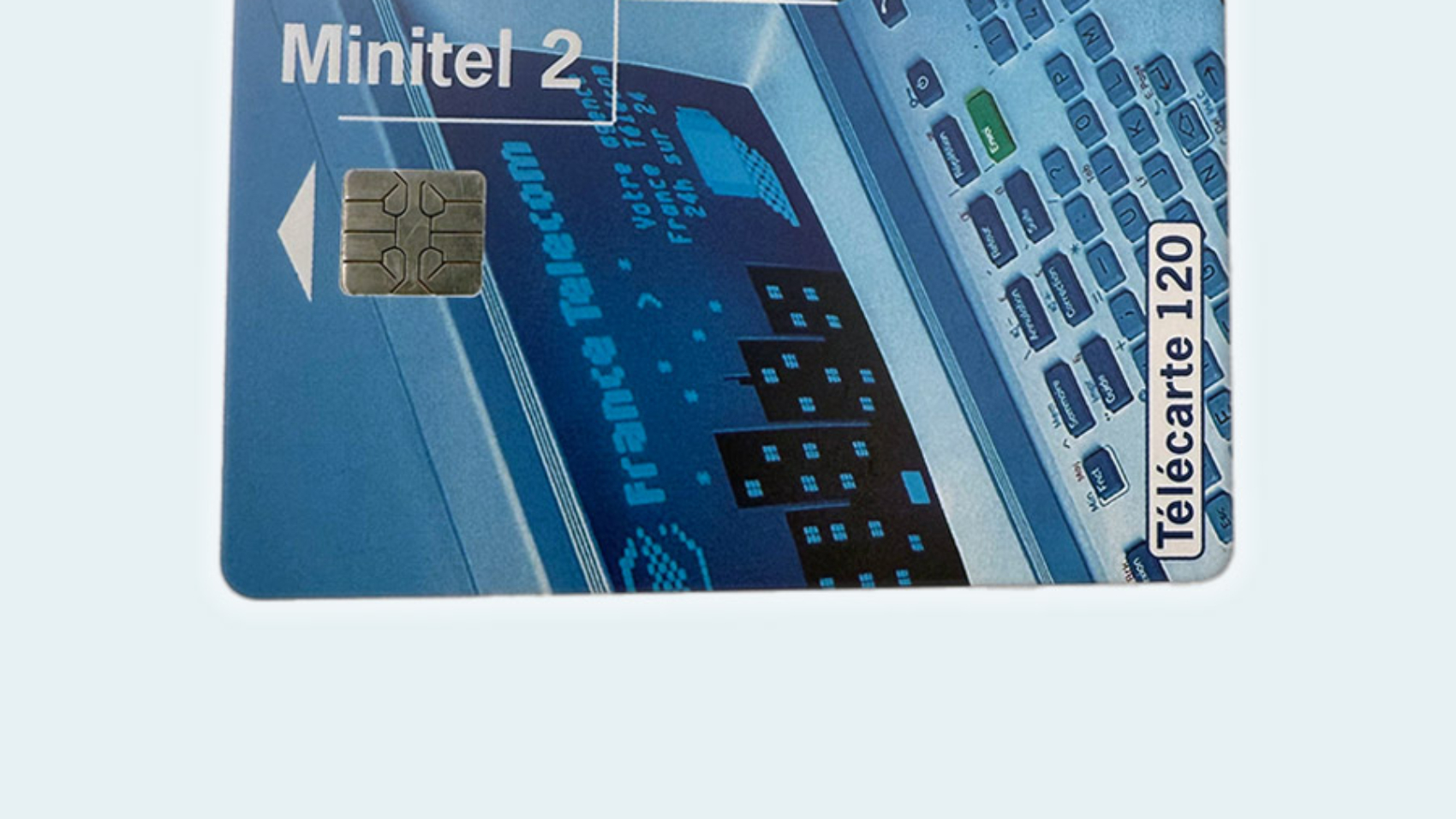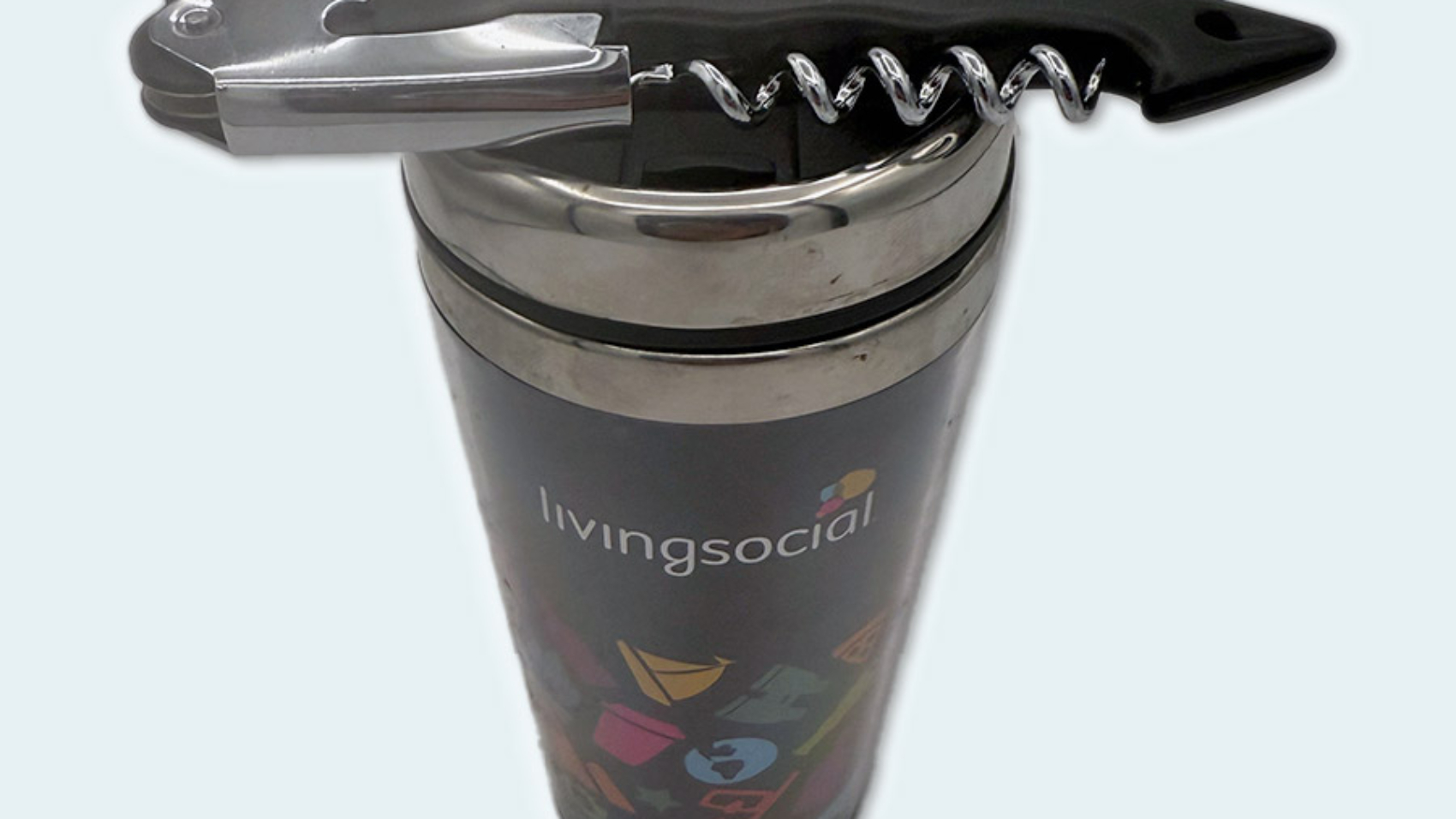Released in 2000, ZUN energy drink had a rocket-shaped bottle. Beverage distributors were afraid of the liability from people using the bottle as a projectile. Plus it was difficult to attach the fins in the production process leading to many bottles being shipped with broken fins.
Everfresh Beverages
Everfresh Beverages was founded in 1994 and filed for bankruptcy in 1995. The flask-shaped bottle design resembled a liquor bottle and encouraged underage drinking. Churches and local groups forced retailers to discontinue the line.
Sony eMarker
Launched in 2000 and discontinued in 2001, the Sony eMarker allowed you to mark songs that you heard on the radio so you could buy them later. This $20 keychain had a button and small LCD display. When you heard a song on the radio you wanted to remember, you pushed the button. You could save up to 10 “eMarks.” When you got home, you plugged your eMarker into your computer and fired up a Flash app that cross referenced your time stamp with the radio stations that you said you liked in your area and told you what was playing at the time. It then offered you a link to purchase a CD from Amazon or CDNow. The eMarker was based on the assumption that radio would be the main way people discovered new music. And then users would pay to buy CDs from Amazon. iTunes and the iPod destroyed that world.
Joy
Launched in 2016, Joy was a digital picture frame to upload, share, and curate photos. However, other devices such as Alexa were cheaper, could be used for more than a single function, and were also multi-modal allowing for video, text, and voice.
Colorado Rockies 2025
With 119 losses, second most in MLB history, they narrowly performed better than the Chicago White Sox of last year who had 121 losses and set the modern MLB record for worst season in MLB history.
However, the Colorado Rockies had a run differential of -424 in the 2025 season, which is the worst since 1900. The team was outscored by a total of 424 runs, an overwhelming margin compared to the previous modern-era record holder, the 1932 Boston Red Sox, who had a -345 run differential. Their starting rotation also had the worst single-season ERA, 6.65, since it became an official stat in both leagues in 1913.
Geotek Communications
Geotek Communications, who provided mobile communication for fleets of trucks and vans, filed for bankruptcy in 1998 after having gone public. The company struggled to enter the dispatch market and was unable to develop a wireless communications product.
Minitel
Minitel, a French telematics service, faced a “failure” not in its technical capabilities, but in its inability to compete with the rise of the internet and the way it was perceived by the public.
LivingSocial
LivingSocial was a daily deals website that launched in 2009 and was discontinued in 2016 after having raised $930M and having a peak valuation of $6B. The company failed due to intense competition from Groupon, expanding too rapidly to multiple geographies, and entering spaces it had no expertise in such as travel and local experiences. Plus they had difficulties in retaining customers especially after a security breach where hackers gained access to the account information of 50 million subscribers.


